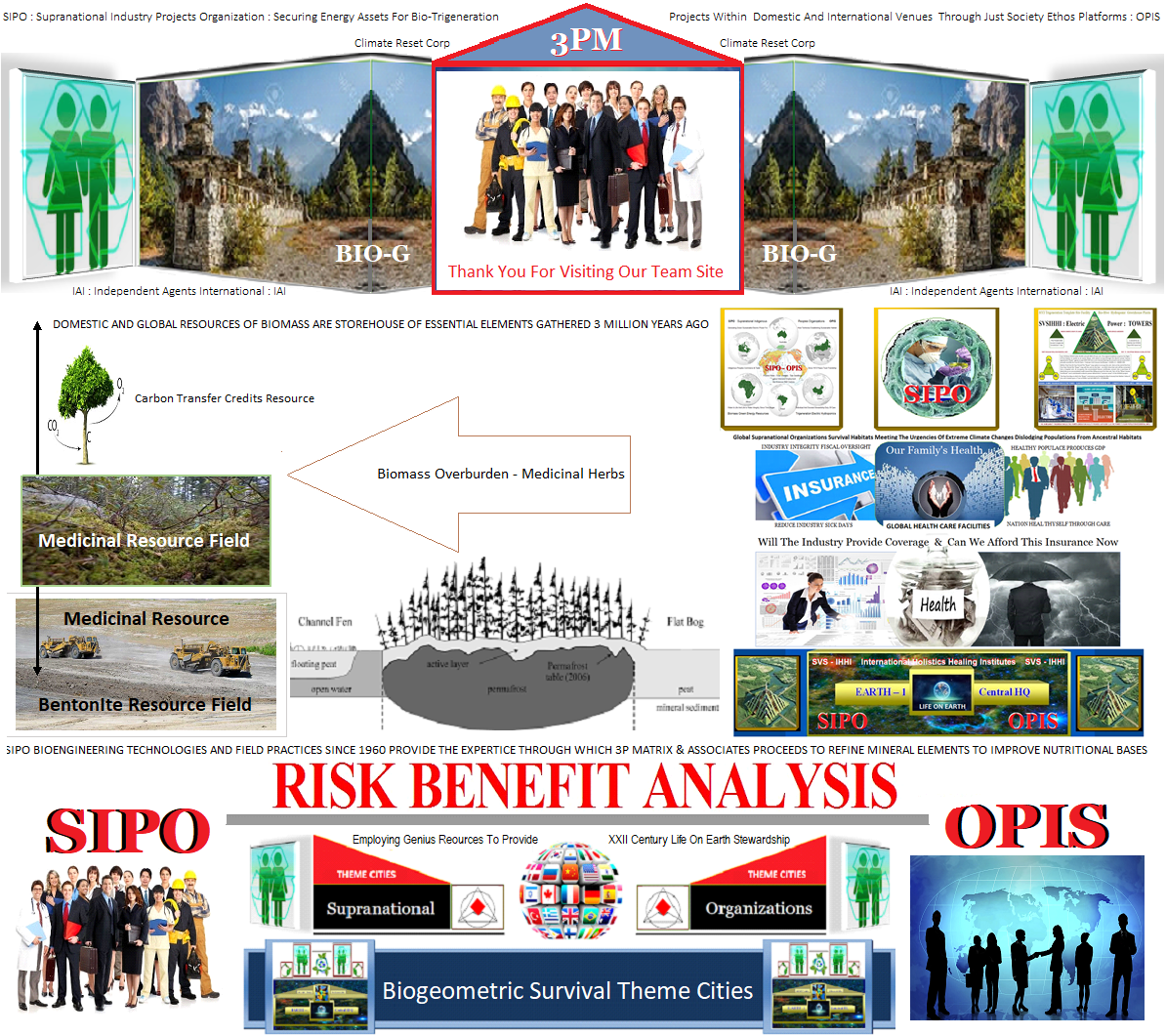2021 A.D.E. SINCE TIME BEGAN : CAVEAT - FORWARD THINKING STATEMENT - CAVEAT : IN TRUTH WE TRUST A.D.E. 2021
BOGS & METHANE - NUTRIENT COLLAPSE - MEDICINE CHEST - ACADEMY OF NUTRITION AND DIETETICS
Good Morning, Saanich Planning Department
- The United Nations UNESCO Division Registers BIOSPHERE PROJECTS Around The Globe
- In Canada (2016) There Are 18 UNESCO Registered Biospheres
- In British Columbia, There Are Two Biosphere Reserves : (A) Clayoquot Sound (2000) & (B) Mount Arrowsmith (2000)
- My Mission, Today, Is ONLY To Raise This Issue With Your Office For General Public Commentary Purposes.
- BIO-MEDICINE CHEST Projects Are My Mission - Noting That The BOGS / WETLAND & CLAY - BENTONITE BASES Possess Great Potentials To Provide Medicinal Elements ( I.E. Squalene) To The Global Need To Find Substitutes For Our Fastly Depleting Ability To Treat Infections With ANTIBIOTICS
- Hydroponic Greenhouses - Energized By Mwe from The Percolating CH4 Emissions - Can Produce Foods - Tree Seedlings - Medicinals : While Preseving The Bog Integrity
- Bogs - Like RITHET Wetland - Are Desperately In Danger With Our Existing Global Extreme Climate Changes - CH4 Emissions Are Of GREATEST Concern - In Canada, There Are In Excess Of 300-Billion Tonnes Of CH4 Percolating From Our Bogs / Wetlands : CH4 Depletes The Ozone 20 -30 Times Faster Than CO2 Emissions.
- Bogs / Wetlands As CO2 SINK TRAPS Is A Very Current Clinical Study - Russia's Academy Of Sciences Leads The World Studies In These Matters. Bogs Are Sinks And Sources Of Ozone Depletion
- RITHET'S BOG As A UNESCO BIOSPHERE PROJECT Could Significantly Lead To Advancements In Global Climate Reset Actions & Contributory Knowledge Of BOGS As MEDICINE CHESTS
2021 A.D.E. SINCE TIME BEGAN : CAVEAT - FORWARD THINKING STATEMENT - CAVEAT : IN TRUTH WE TRUST A.D.E. 2021
“It
finds that sea levels could rise by just over 1.6 feet (0.5 meters) by 2100 if
emissions are cut aggressively, or two to three feet if emissions continue to
increase. But under the worst-case scenarios—and if Antarctica’s tipping points
are surpassed—that number could be as high as about six feet.
West
Antarctica alone is home to enough ice to raise global sea levels by about 10 feet if it all melted away, and its geology makes
that possibility a real concern. The region is shaped like a bowl: The rock
deep underneath the massive ice sheet sits below sea level. The ocean is
prevented from spilling into the bowl by the ice sheet itself, which drapes
over the rim and out into the ocean like a convex lid. But if that lid is
broken or even pushed slightly back from the rim, ocean water can spill down
the side of the bowl, gnawing away at the ice from below, likely
speeding the sheet’s demise.
The
Greenland ice sheet, which would raise global sea levels about 24 feet if it
disappeared, is shrinking faster than at any time in
the past 350 years and is on track to exceed melt rates for the last 12,000
years. In a single super-hot day in late July, enough water
slipped from its surface to cover
Florida in two inches of water.
Greenland’s
ice won’t disappear tomorrow. Scientists estimate it would take over 1,000 years to disintegrate completely, and potentially
thousands of years longer if we manage to cut emissions quickly. But once the
process passes certain thresholds, which some groups estimate could happen at around
2.7°C of warming or maybe even
less, the demise is
unlikely to be reversible. That means the ice will continue to disappear for
centuries, even if temperatures stabilize.
The
Arctic is home to 9 million
square miles of permafrost, soils that stay frozen year-round. These
soils hold huge quantities of dead organic material—safe and inert while it’s
frozen. But when permafrost thaws, the dead stuff turns into greenhouse
gases—the super-potent
greenhouse gas methane, as well as carbon dioxide. More carbon is
trapped in these soils than is currently in the atmosphere.
The Amazon holds about 150 to 200
billion tons of carbon, about 15 percent of the remaining carbon budget
suggested by this IPCC report in order to have a 50 percent chance of staying
below 2°C of warming. Losing water would mean losing much of that stored
carbon, Lapola explains… Today, the Amazon rainforest does something
remarkable: It makes its own water…
Rain sweeps
into the eastern part of the forest from the Atlantic Ocean. Trees use it and
breathe it back out, where it recondenses into new clouds, which move along
with the westward breeze, raining as they go and continuing the cycle. A single
water molecule can be recycled five times along the width of the rainforest.
And because each extra bit of warming will have much bigger impacts than
the bit before, the worst impacts can be avoided with strong action. For
example, today a heat wave that would have historically occurred once every 50
years is now about five times as likely; at 2°C warming it will be 14 times as
likely; but in a 4°C warmer world, it would be 40 times as likely, the report
finds.”












